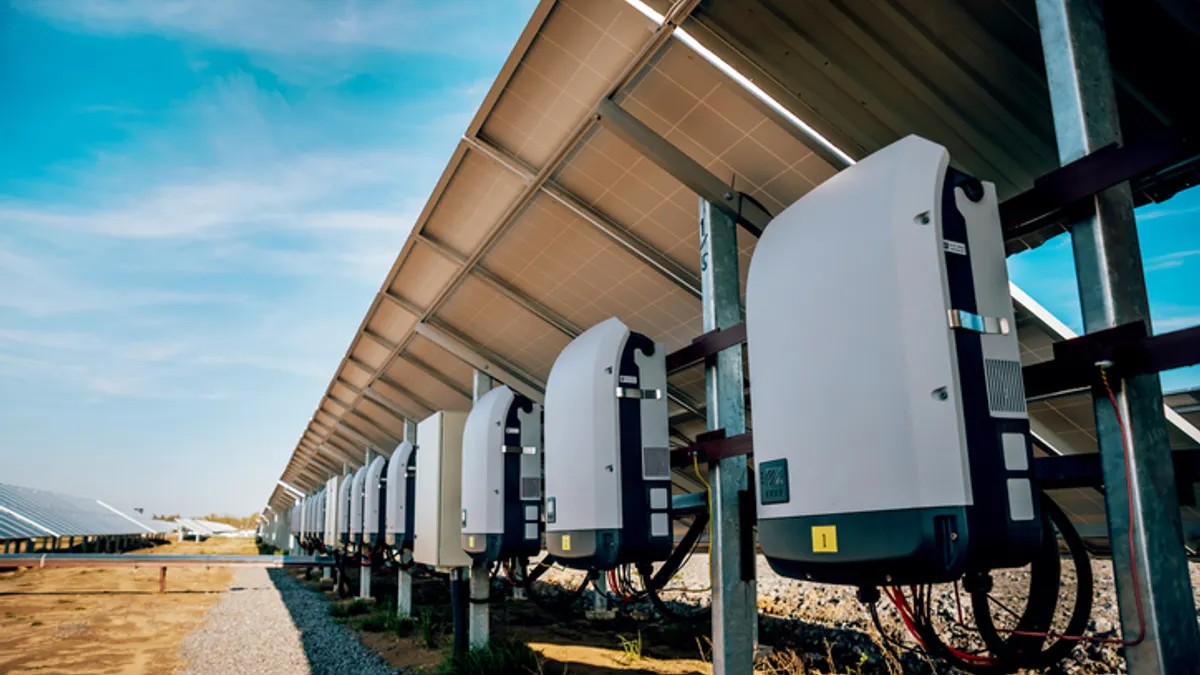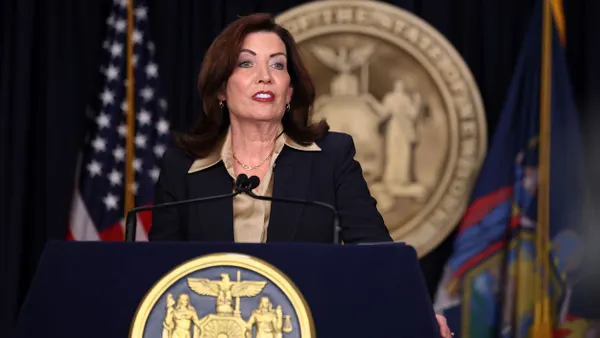Dive Brief:
- A rate-case settlement proposed by Central Maine Power (CMP) would add $3 per month to the average $78 per month residential electricity bill, a 4% increase that would cover the utility’s distribution system costs but reduce its $41 million new revenue request, on its rate base of $782 million, to $24 million.
- If the settlement is approved by Maine’s Public Utilities Commission at its July 29 meeting, CMP implementation of customer energy efficiency would be decoupled from electricity sales, giving the utility an incentive to boost efficiency programs.
- If approved, CMP would agree to drop its call for a standby charge on customers who, because they intermittently generate their own electricity with distributed renewables, require the transmission and distribution system to be “on standby” when they are not using it.
Dive Insight:
This is the latest installment in the ongoing debate being refereed by state regulators across the U.S. about what will be done to protect utilities from falling revenues due to customers’ move to distributed solar and other renewables, especially as on-site energy storage and energy efficiency upgrades and practices are increasingly being added. A settlement was just reached between Massachusetts utilities and solar advocates whereas utilities and solar advocates are at each other’s throats in Missouri, two disputes that echo ongoing debates in California, Colorado, Georgia, North Carolina, Arizona, and many other states.
The CMP settlement was reached after a 14-month proceeding that included 1,400 requests for data and two public hearings, and in which some 90% of the contention was said to have been over the standby charge issue. All major stakeholders in the proceeding, including the Conservation Law Foundation, Natural Resources Council of Maine, GridSolar LLC, Industrial Energy Consumer Group, the Maine Office of Public Advocate, and the Maine Independent Colleges Association, acceded to the CMP proposal. Environment Northeast objected because the settlement could increase charges to residential customers who reduce their electricity consumption through conservation and EE.












